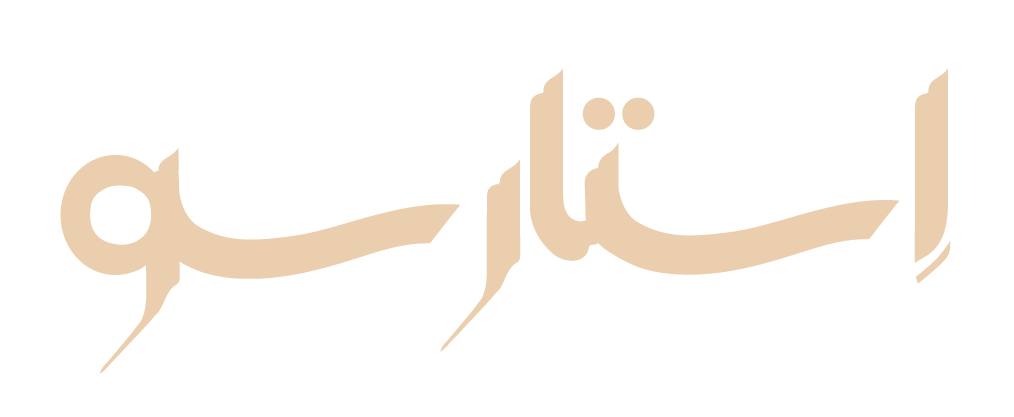Iranian cuisine is one of the most diverse and flavorful in the world, influenced by the rich history and culture of this ancient land. Iranian food is not only delicious, but also healthy and balanced, as it includes a variety of ingredients such as meat, vegetables, fruits, nuts, herbs, spices, dairy, and grains. Here are some tips on how to plan your meals and enjoy the best of Iranian food.
- Breakfast
A typical Iranian breakfast consists of flatbreads, butter, cheese, jams, spreads, and eggs. You can also try Sarshir, a thick cream made from milk, or Halim, a porridge of wheat and meat. Don’t forget to drink a cup of aromatic Persian tea, which is brewed with cardamom and rose petals.
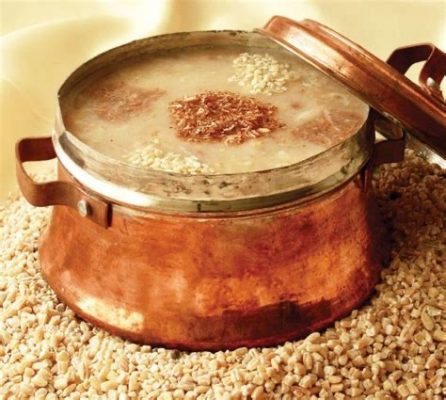
- Lunch and dinner
Choose from a range of dishes that are served with rice or bread. Rice is the staple food of Iran, and it is often cooked with saffron, barberries, nuts, herbs, or other ingredients to create different varieties. Bread is also widely consumed, especially nan-e barbari, a thick and fluffy flatbread sprinkled with sesame seeds. Some of the most popular dishes that accompany rice or bread are:
– Chelow kebab
Grilled meat skewers, usually made with beef or lamb, served with tomatoes, onions, and sumac.
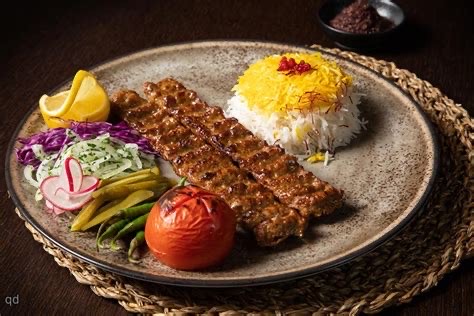
– Tahchin
A rice cake layered with meat, vegetables, yogurt, and eggs, baked until golden and crispy.
– Morgh e shekam por
A stuffed chicken dish with rice, nuts, dried fruits, and spices, cooked in a pot or oven.
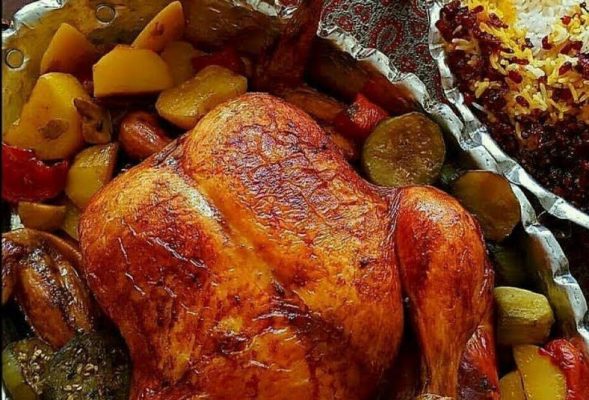
– Ghormeh sabzi
A herb stew with lamb, kidney beans, dried limes, and turmeric, considered the national dish of Iran.
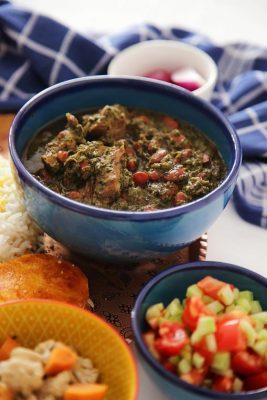
– Fesenjan
A sweet and sour stew with chicken, walnuts, and pomegranate molasses, often served on special occasions .
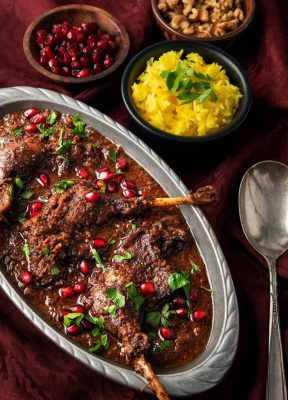
– Ash
A thick soup with noodles, beans, herbs, and yogurt, garnished with fried onions and mint .
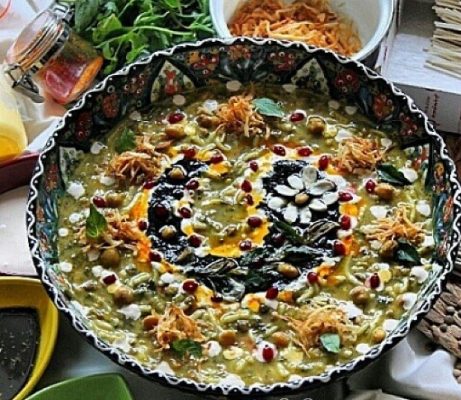
- Desserts
– Fresh fruits, nuts, and sweets
Iran is famous for its fruits, such as oranges, pomegranates, grapes, melons, and dates. Nuts are also widely consumed, especially pistachios, almonds, and walnuts. For a sweet treat, try some of the traditional Iranian desserts, such as baklava, halva, sholeh zard, or zoolbia bamieh.
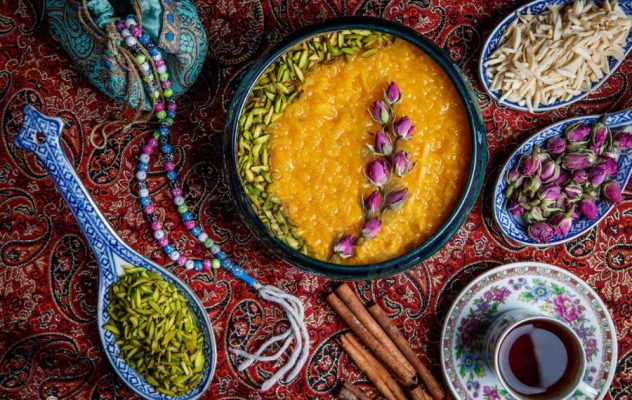
– Salad shirazi
a simple and refreshing salad with diced tomato, cucumber, onion, dried mint, and lemon juice. It is a guilt-free side dish that adds a touch of acidity to your meal.
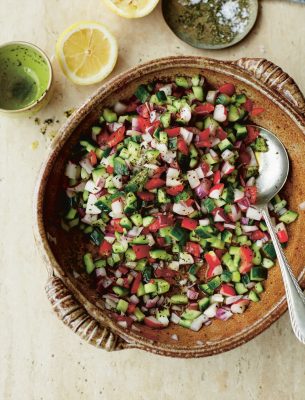
– Follow the food-based dietary guidelines of Iran, which recommend eating raw and cooked vegetables every day at main meals and snacks, eating fruit three times every day, eating legumes and dishes made with legumes once a day, and consuming milk, cheese, yogurt, and other dairy products every day³. You should also limit your intake of salt, sugar, and saturated fats, and drink plenty of water. By following these tips, you can enjoy the best plan for eating food in Iran and experience the rich and diverse flavors of this amazing cuisine. Bon appetit! 🍽️
